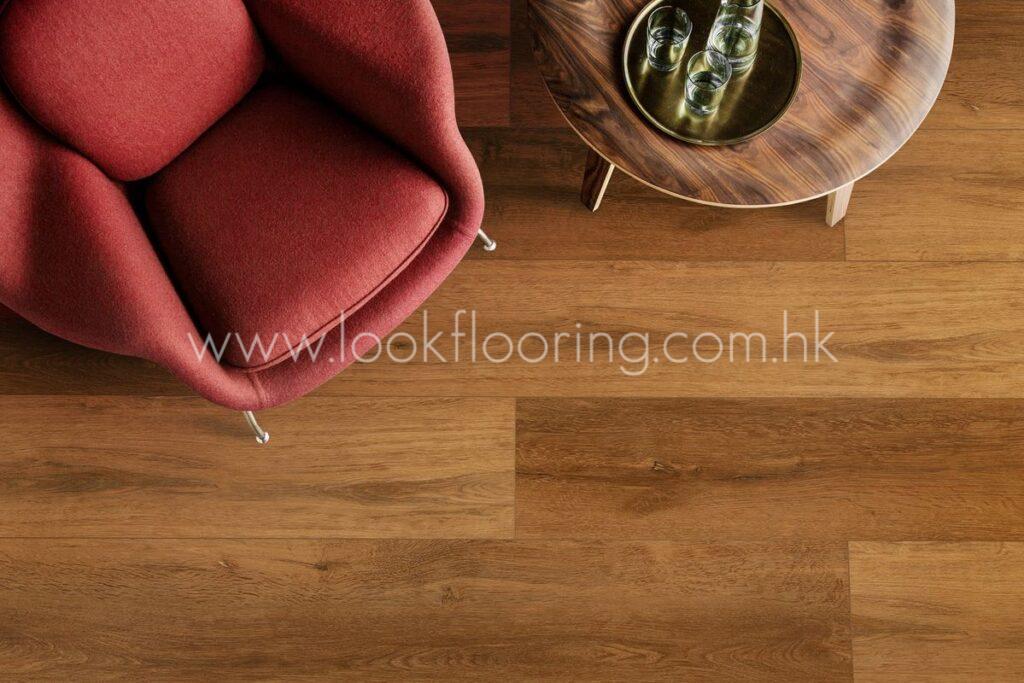Trivia
Three Most Common SPC Flooring Installation Methods
Random Installation (Strip Pattern)
This is the most commonly used flooring installation method.
It looks the most natural visually and results in the least material waste and labor cost. For installers, the random method is the most convenient. Typically, they lay three rows at a time. After completing those rows, they use the leftover pieces to start the next three rows. This sequence creates a pattern of irregular lengths, but the gaps aren’t too wide. The final look resembles steps or gentle waves—so it’s a controlled randomness.
True random installation requires laying each row with planks of varying lengths to create a genuinely irregular pattern.
However, this needs to be clearly communicated to the installer in advance, because this approach takes more time than what installers typically understand as “random.” As a result, labor costs will also be higher.
Material wastage: 10%
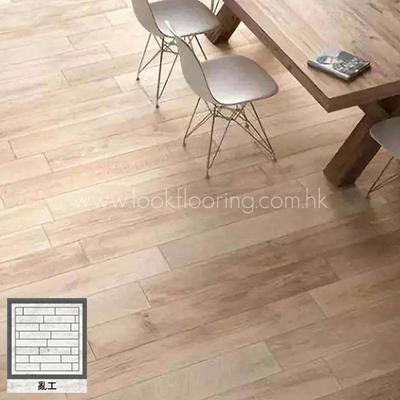
Running Bond Installation (Offset Pattern)
This method involves laying each row so that the joints are offset—usually by half the length of the plank—creating a brick-like or staggered appearance. It’s a popular choice for a clean, uniform look.
Material wastage: 15%
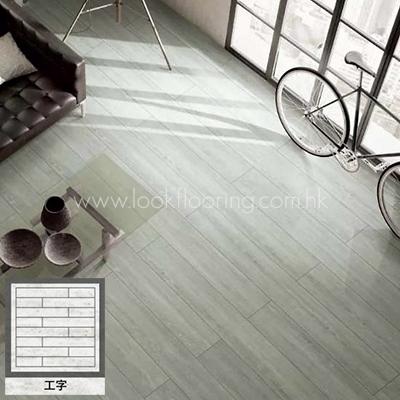
Diagonal Installation
This method involves laying the flooring at an angle—typically 45 degrees—to the walls, rather than parallel. It creates a dynamic and visually striking effect, often used to make spaces feel larger or more unique. However, diagonal installation is more labor-intensive and results in higher material wastage.
In irregularly shaped interior spaces (such as diamond-shaped units), installers will treat both vertical and horizontal installations as diagonal installation methods.
Material wastage: 13%-15%
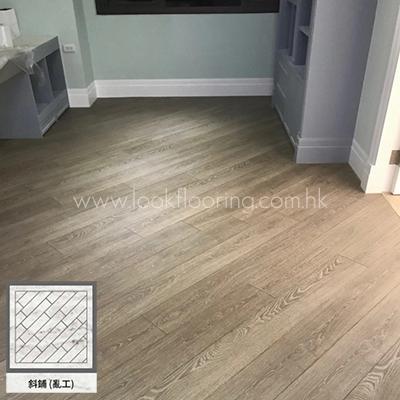
Herringbone Pattern
This method requires SPC flooring specifically manufactured for herringbone installation.
It’s a more classical and traditional parquet style. Because many triangular offcuts are left near the walls, material wastage is high. Both labor and material costs are significantly more expensive—so be prepared for additional charges.
Material wastage: 25%-30%
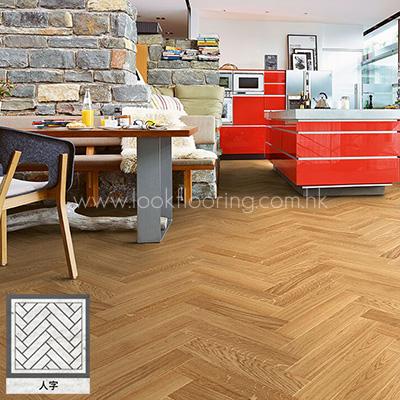
Stack Bond Pattern (also known as Grid or Soldier Pattern)
This installation method is commonly seen with ceramic tiles, where the edge joints of the planks are aligned vertically across rows.
Although SPC flooring also comes in stone-patterned designs, this method is not recommended. The corners of SPC planks are the most fragile parts and cannot withstand much pressure. As a result, the four-corner joints are prone to damage under stress, which significantly affects the flooring’s durability.
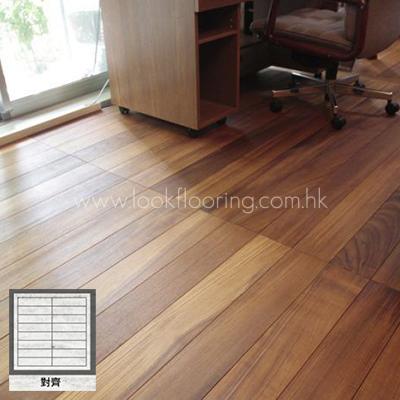
p.s. 如果你對鋪法有要求的話,最好上網揾啲相再同師傳溝通清楚,因為每個師傅對鋪法有不同理解,另外就是每種鋪法人工及損耗量都唔同。

